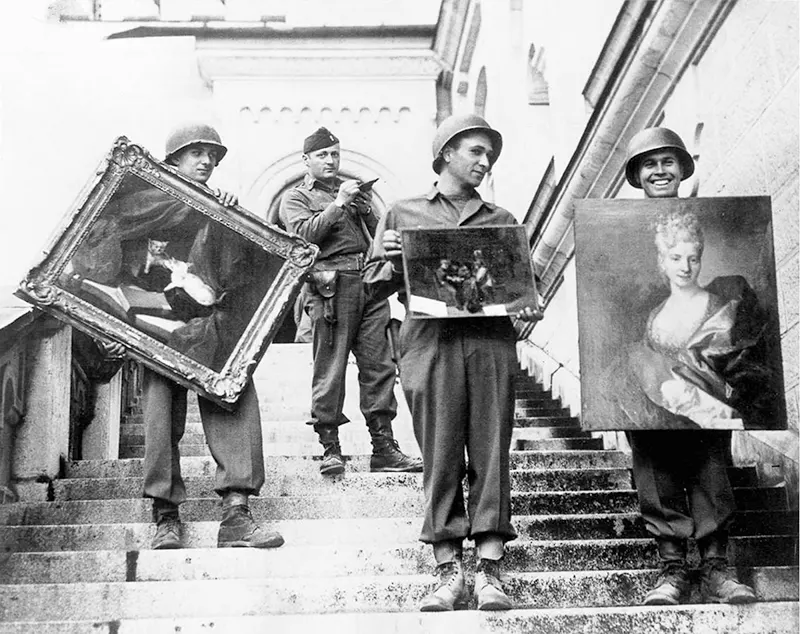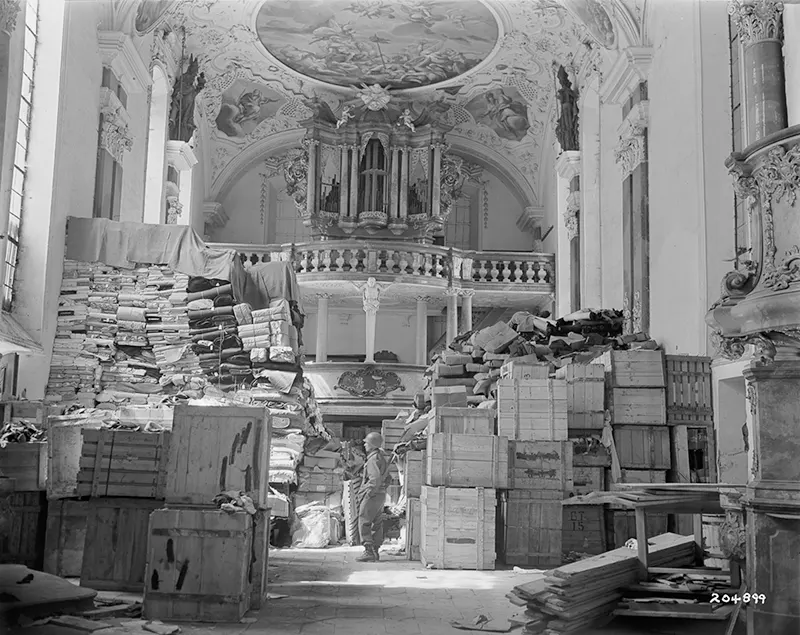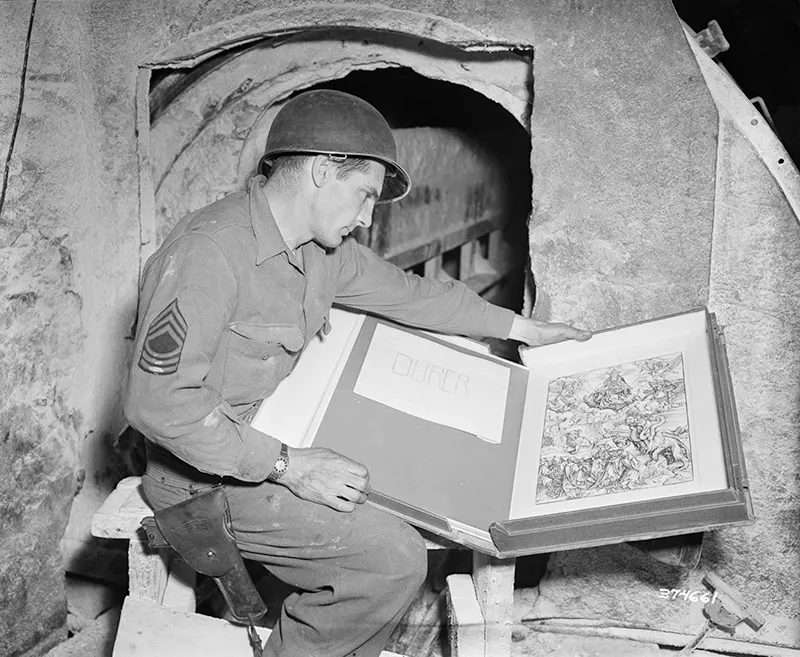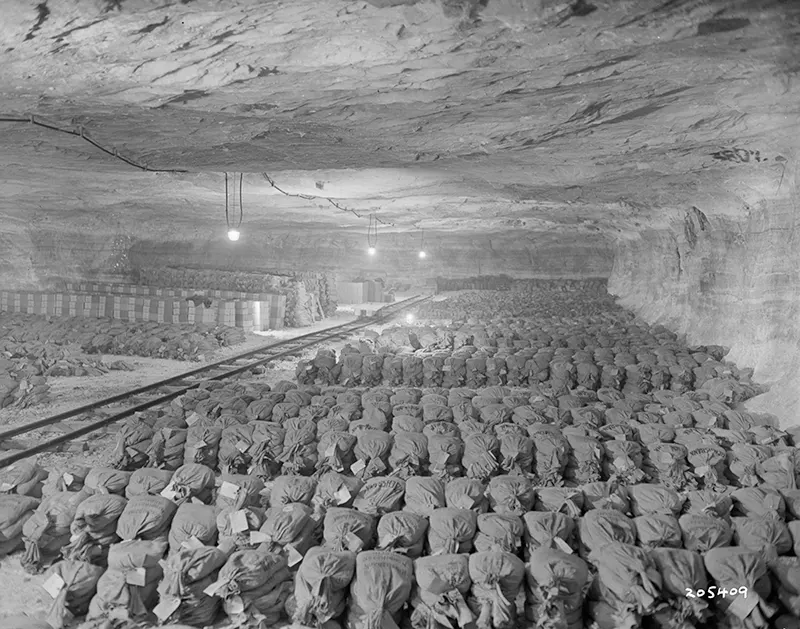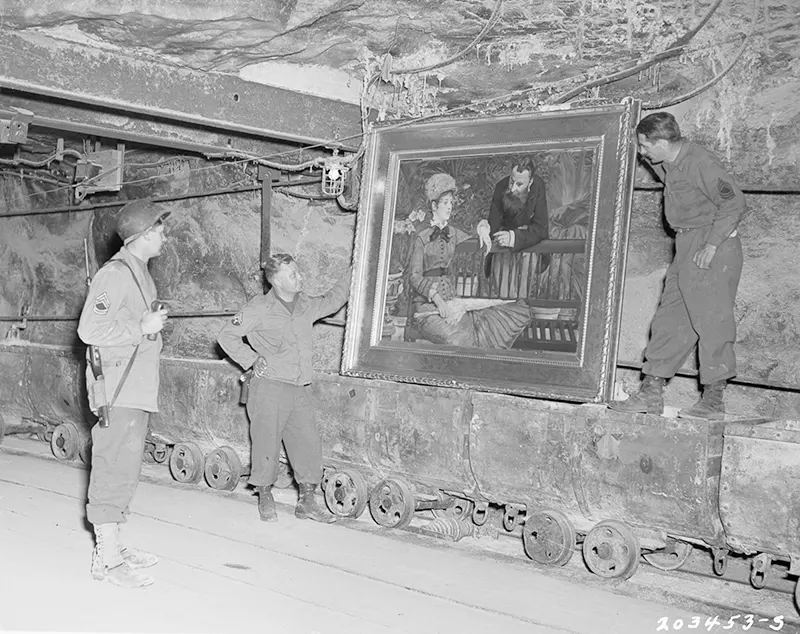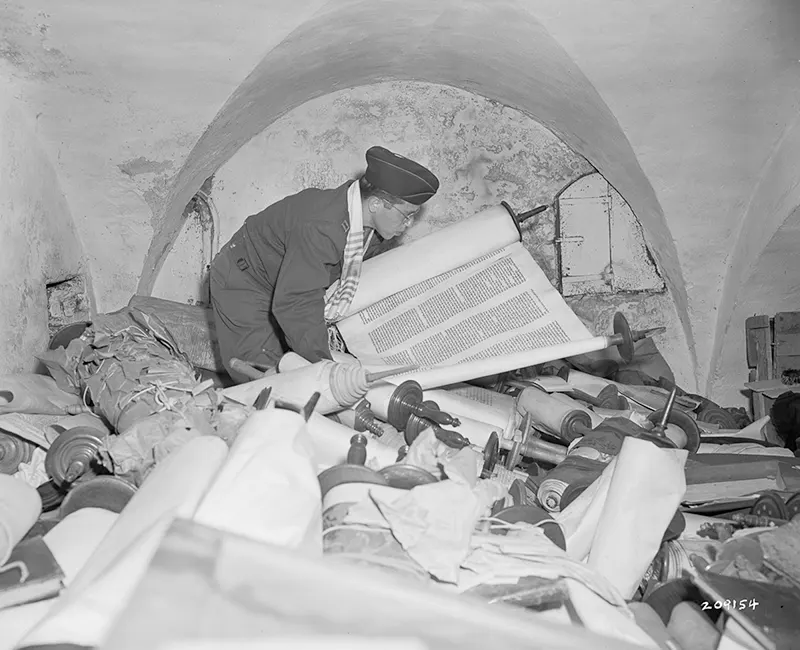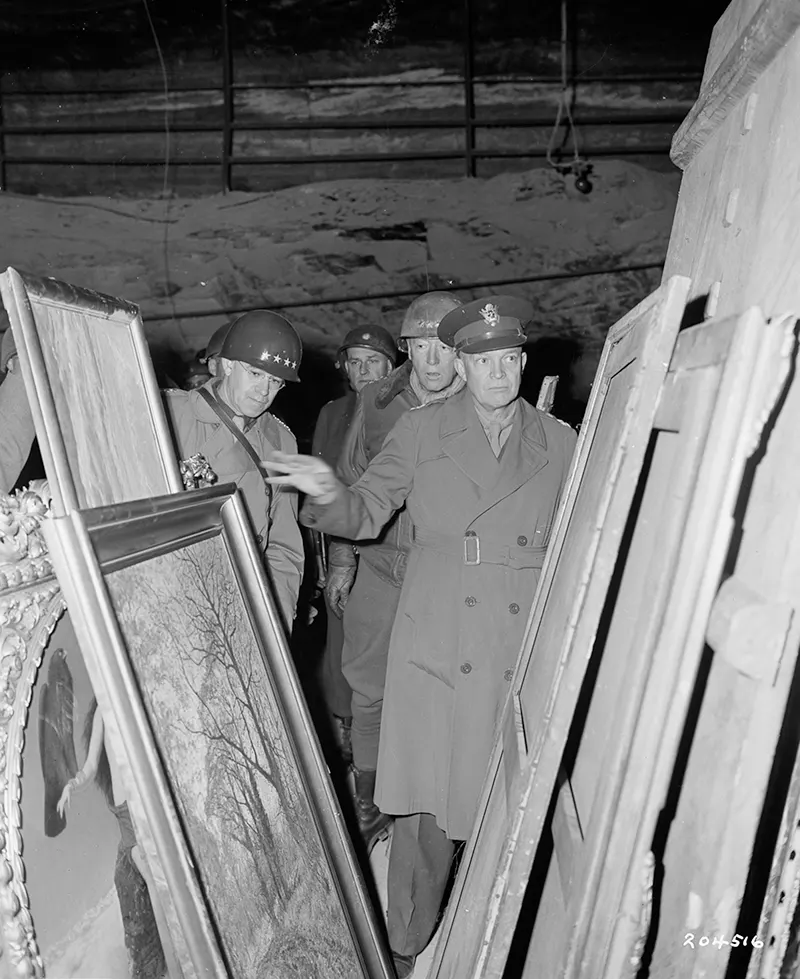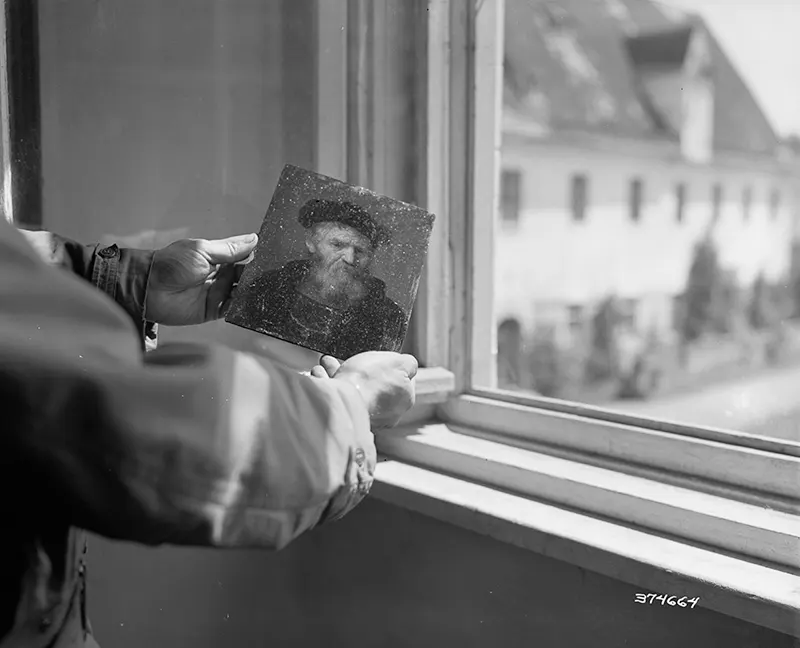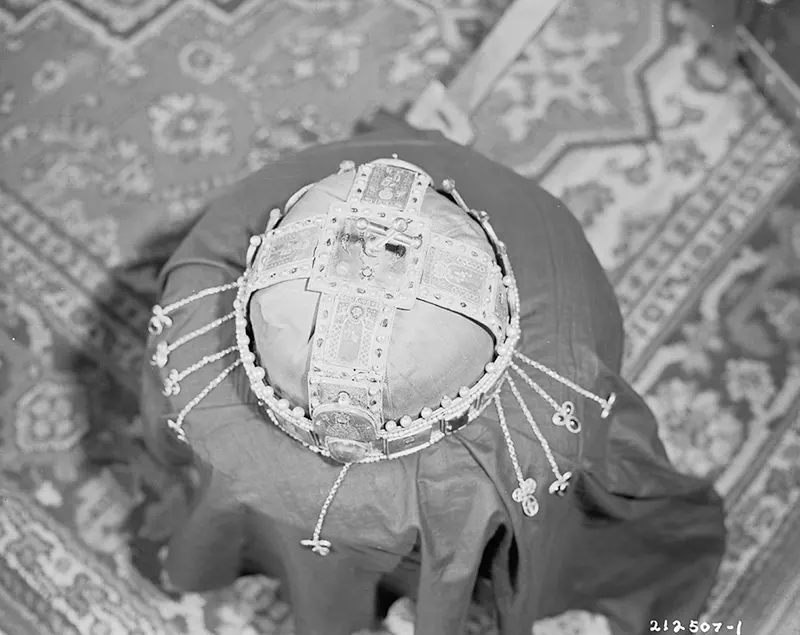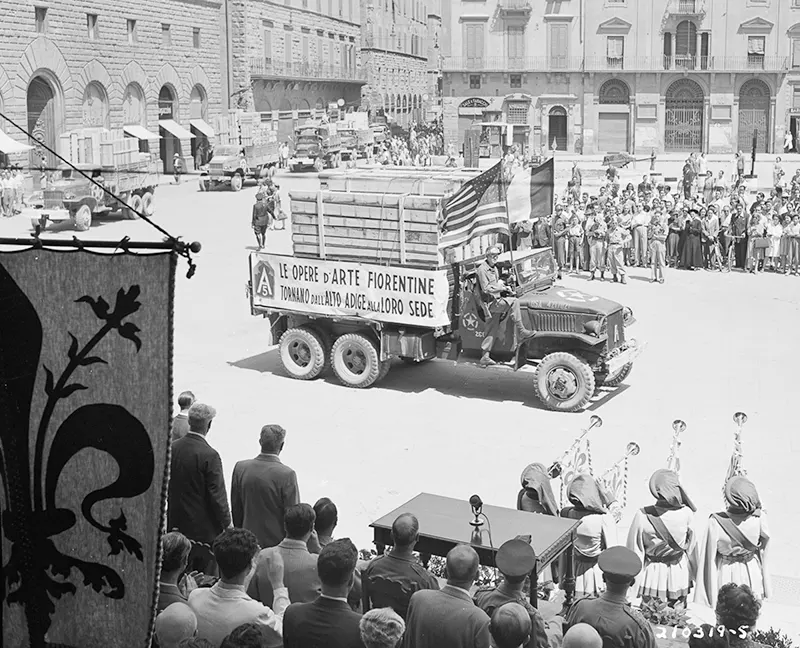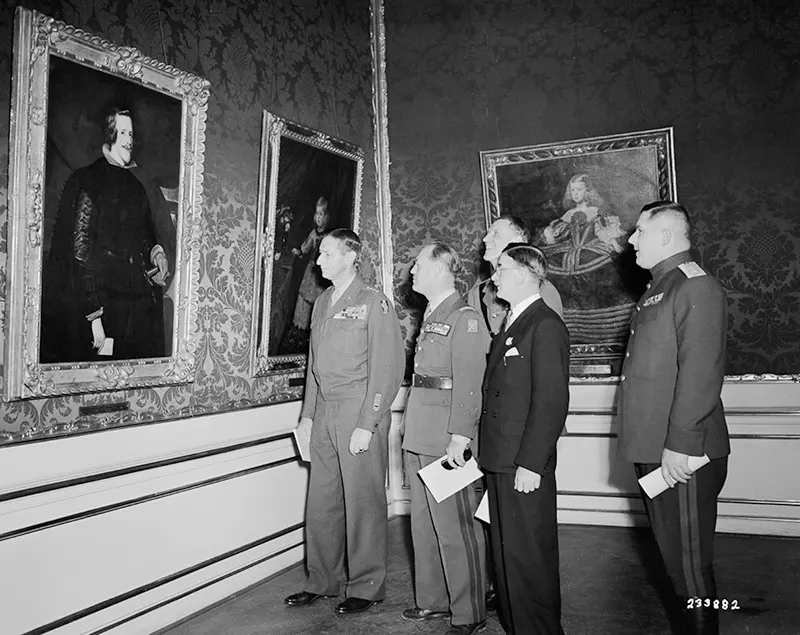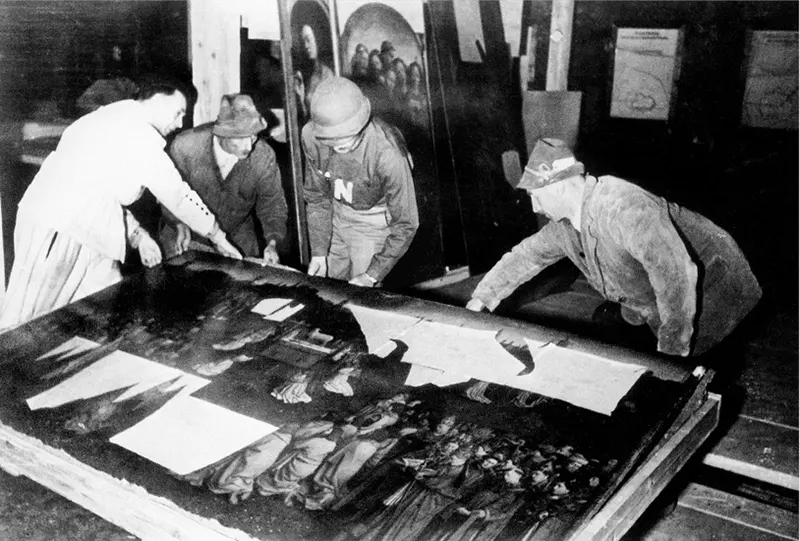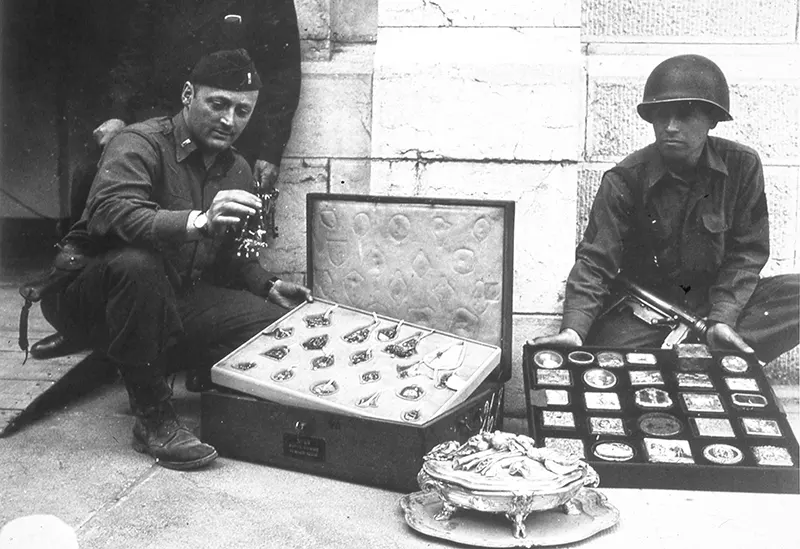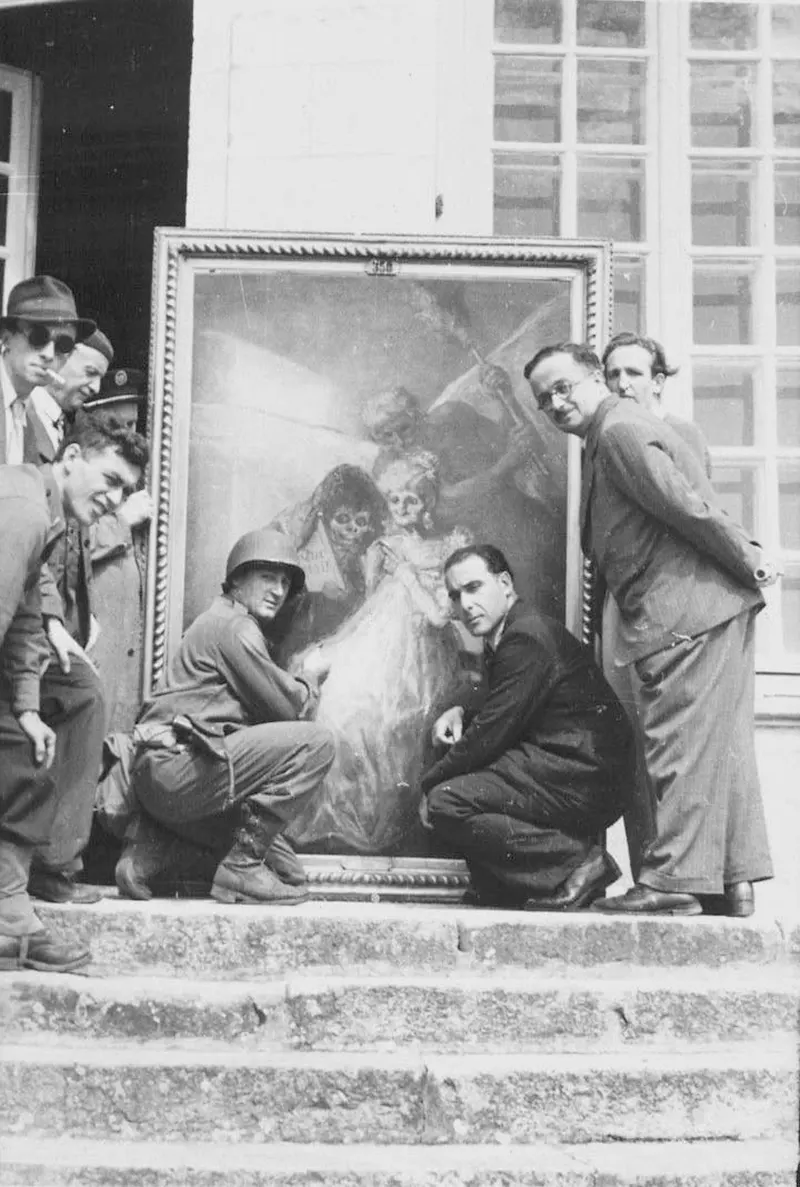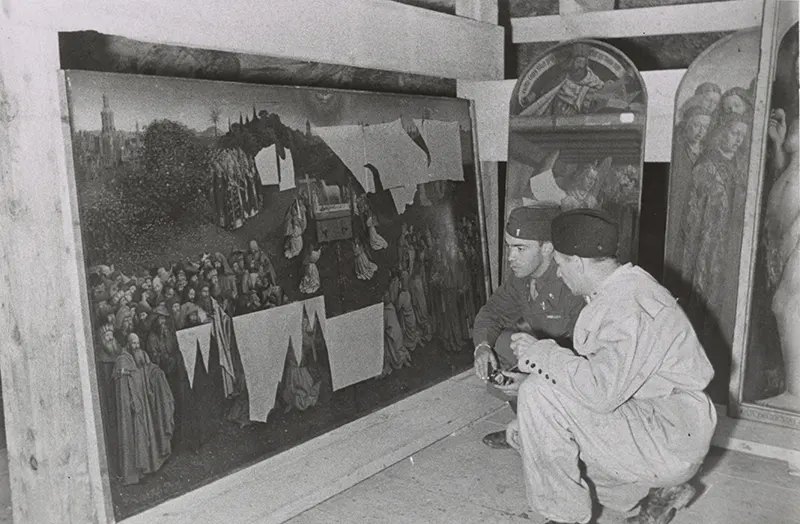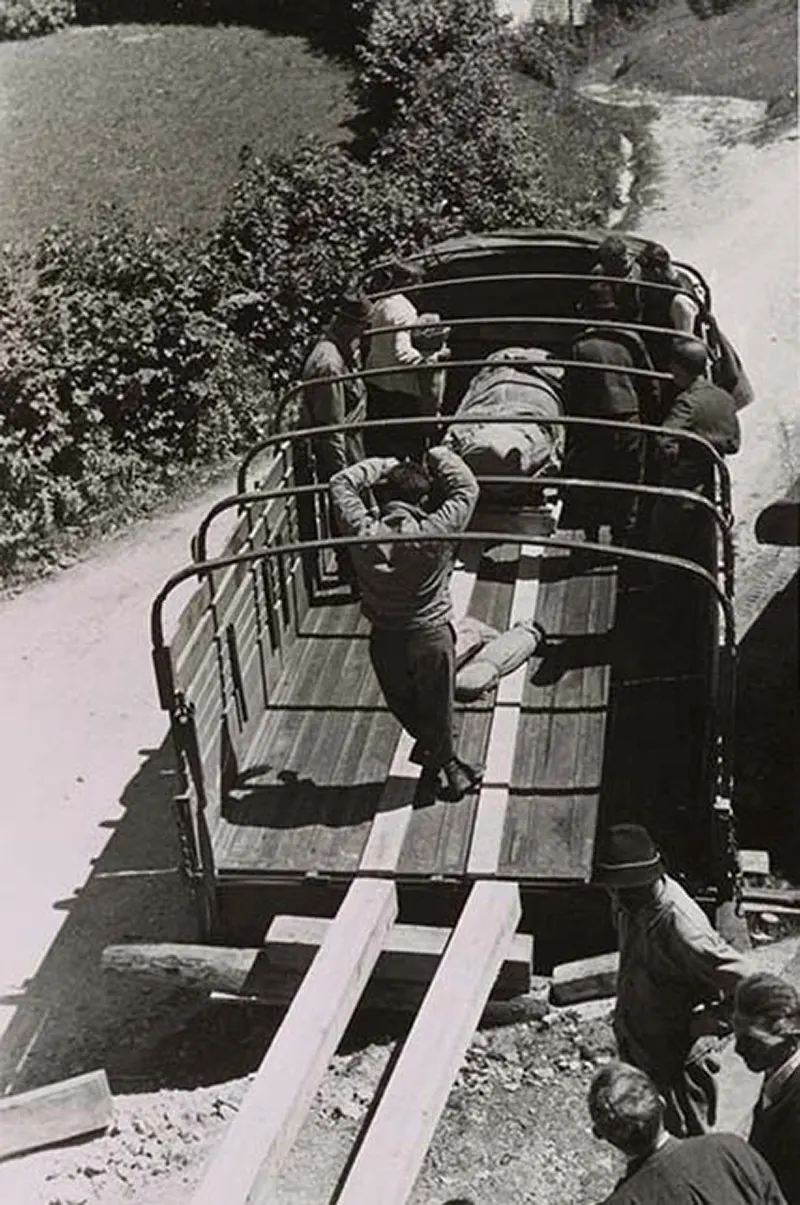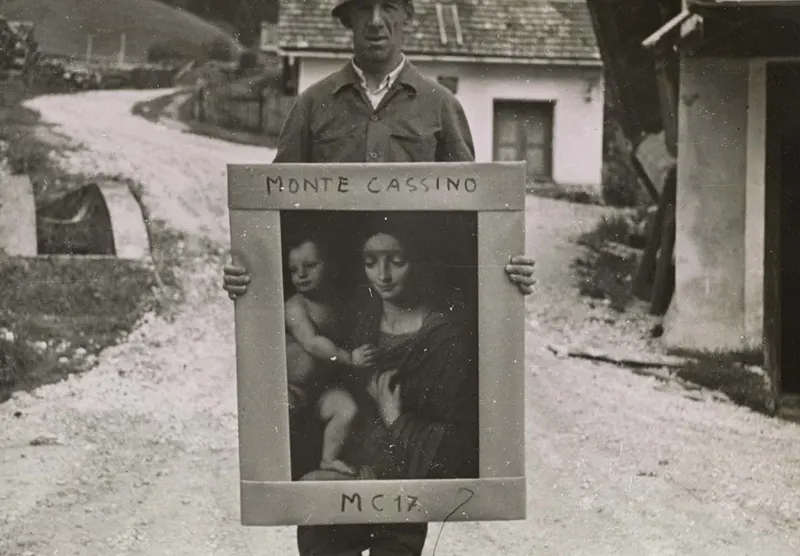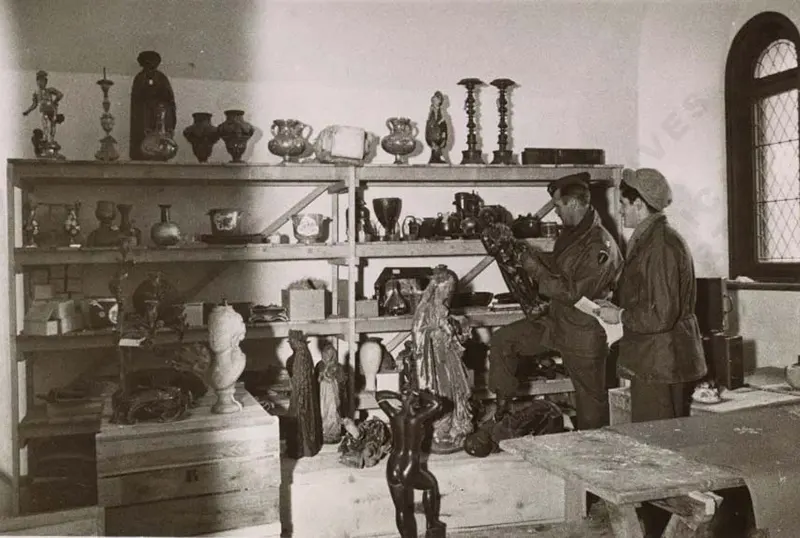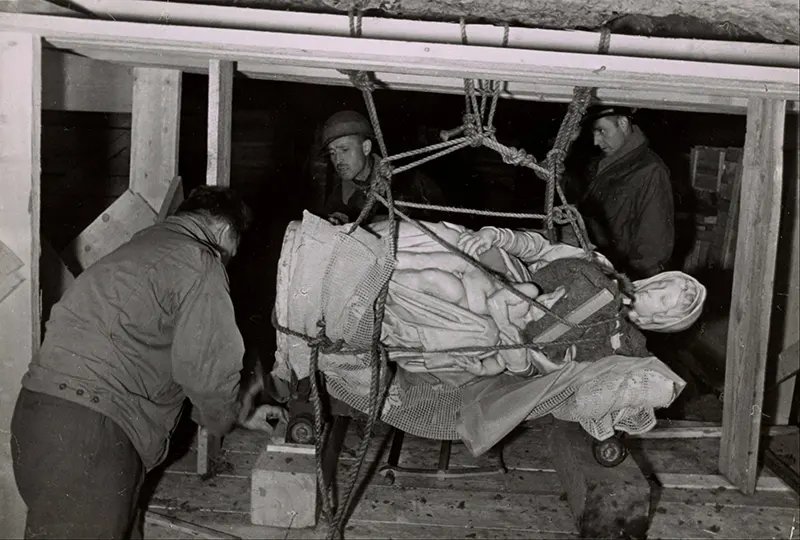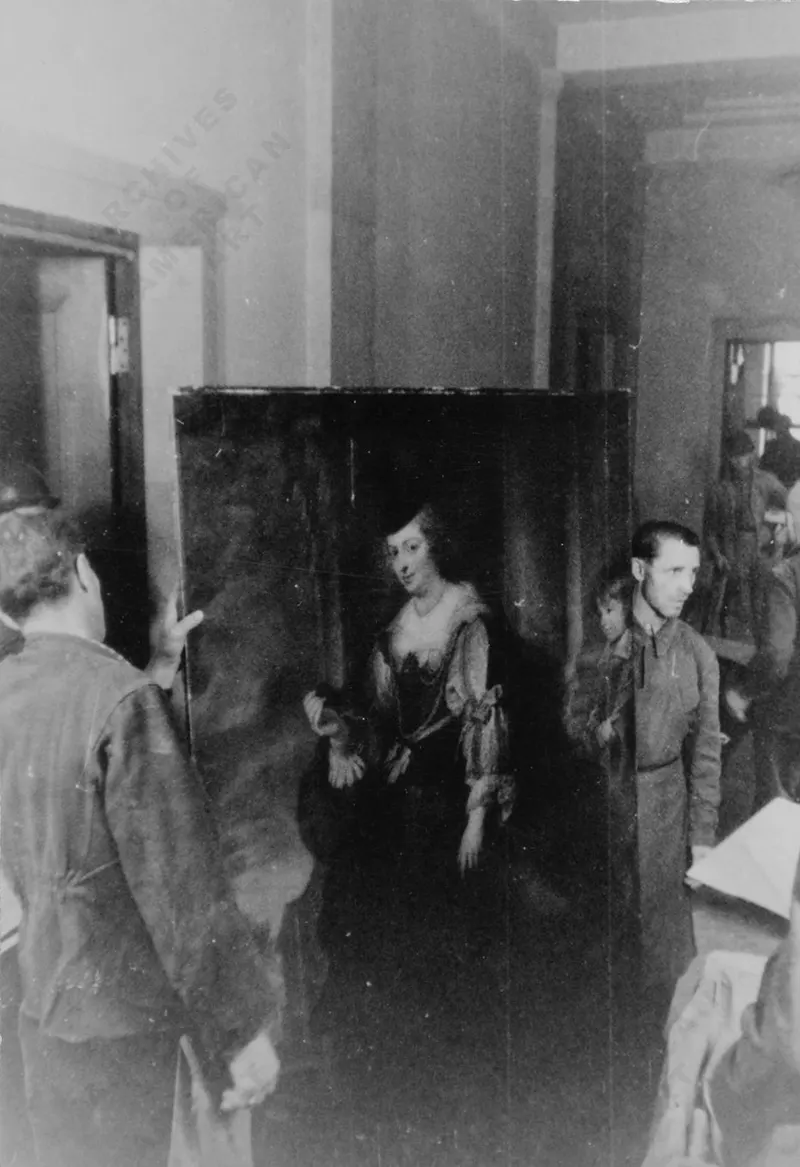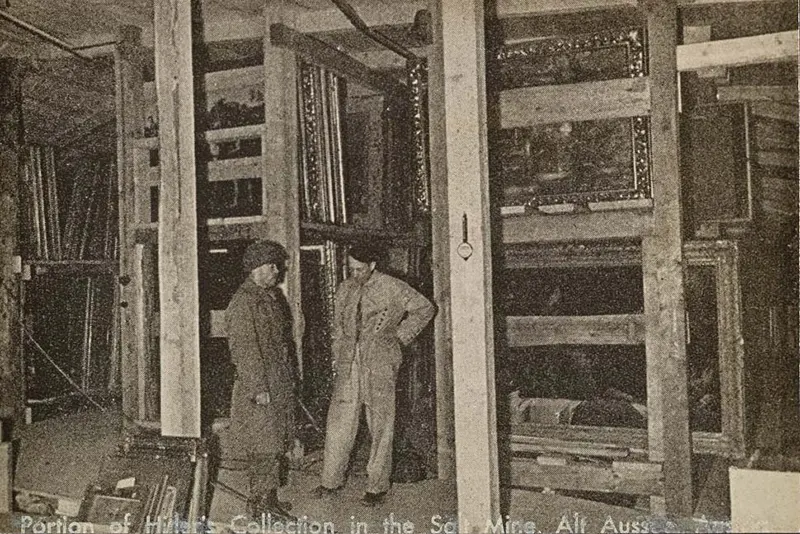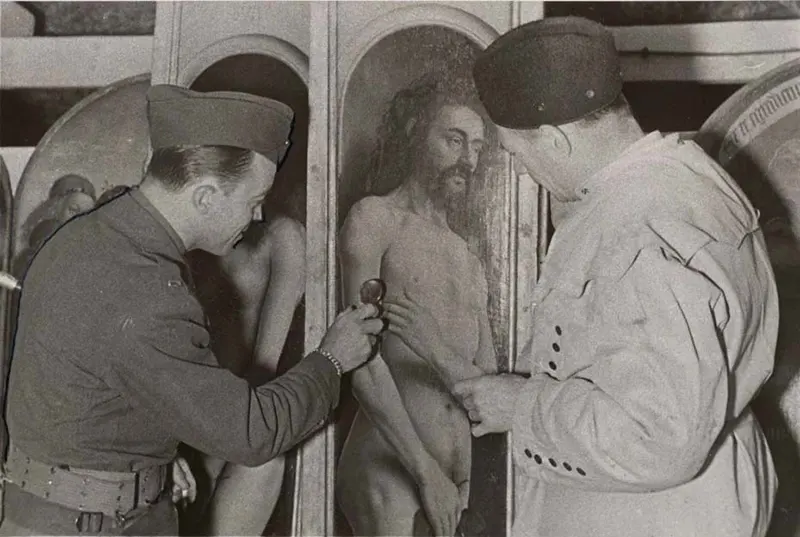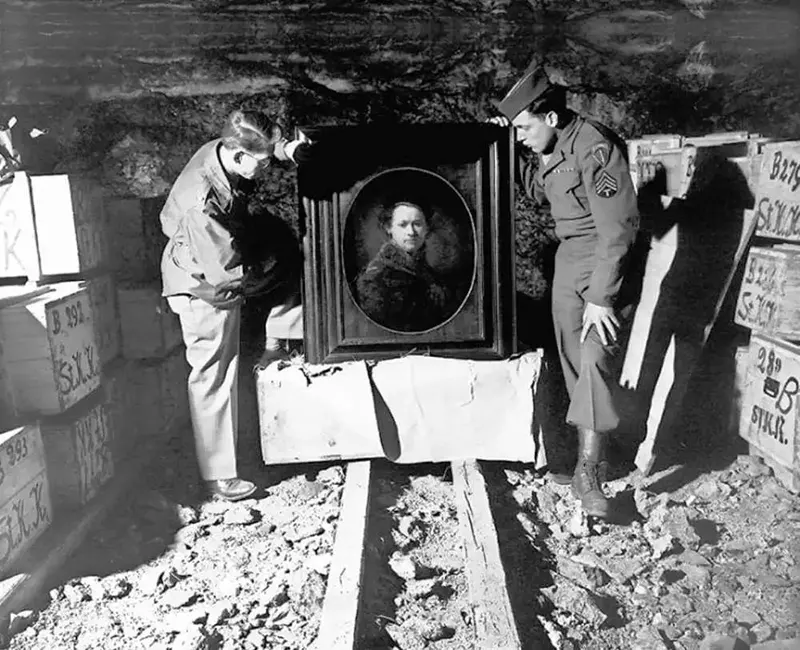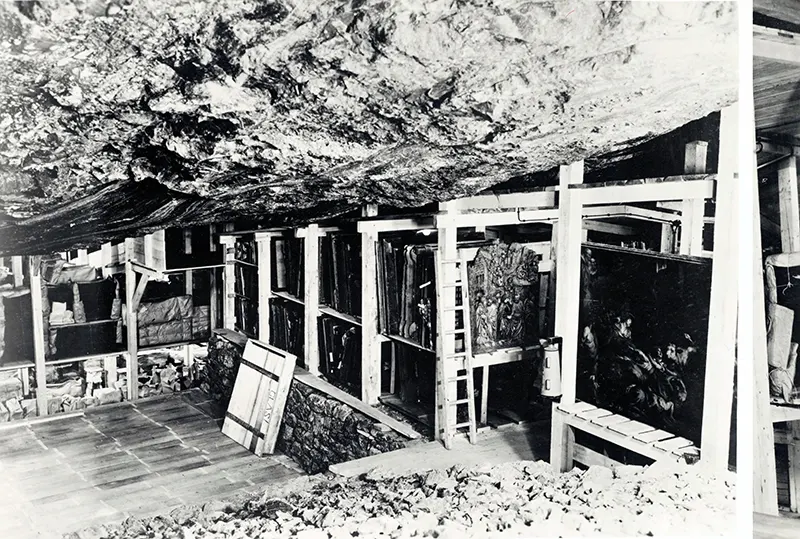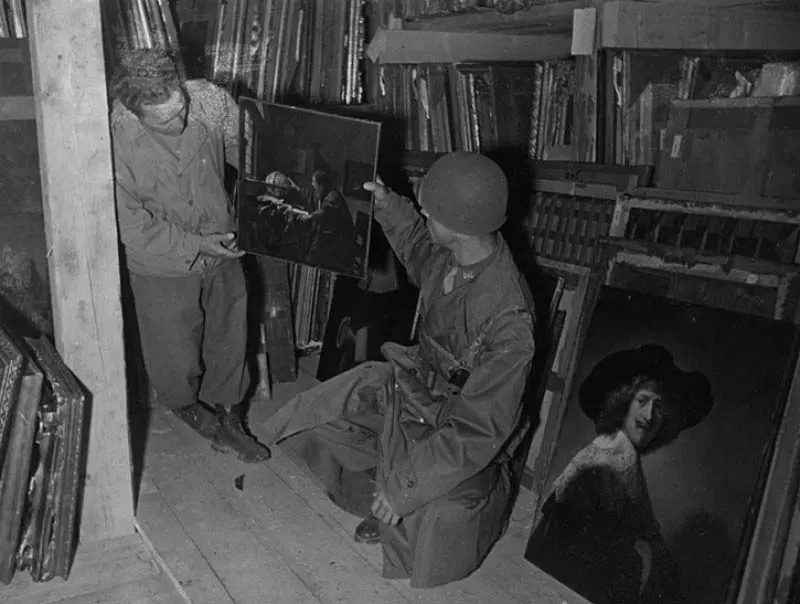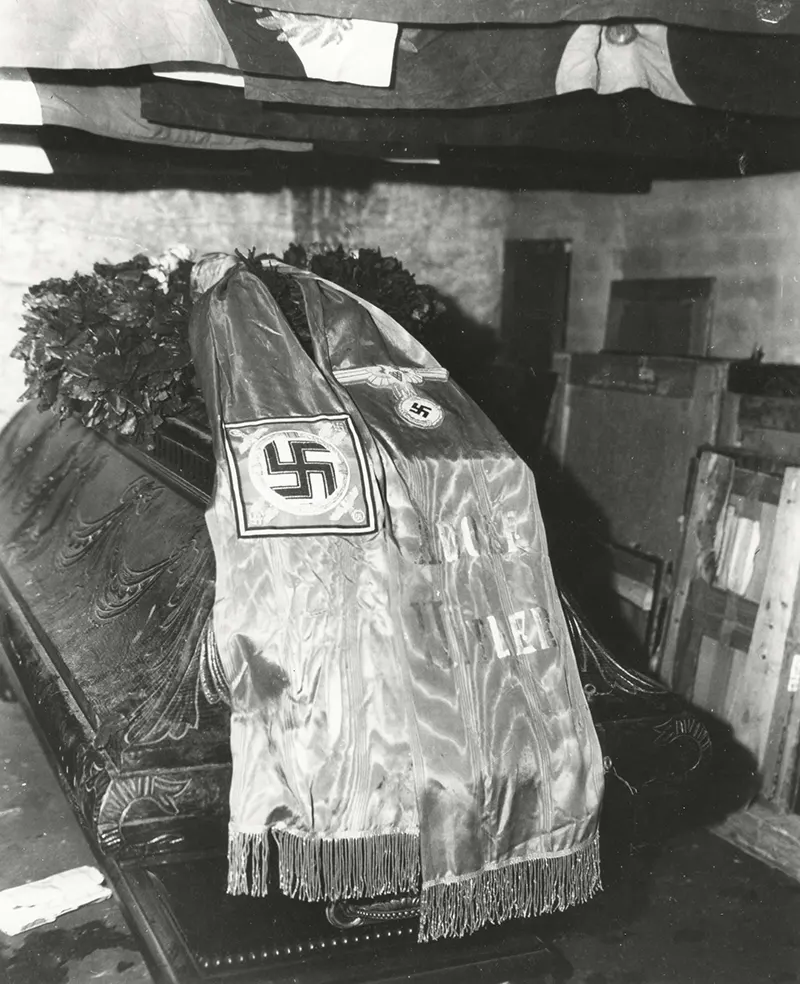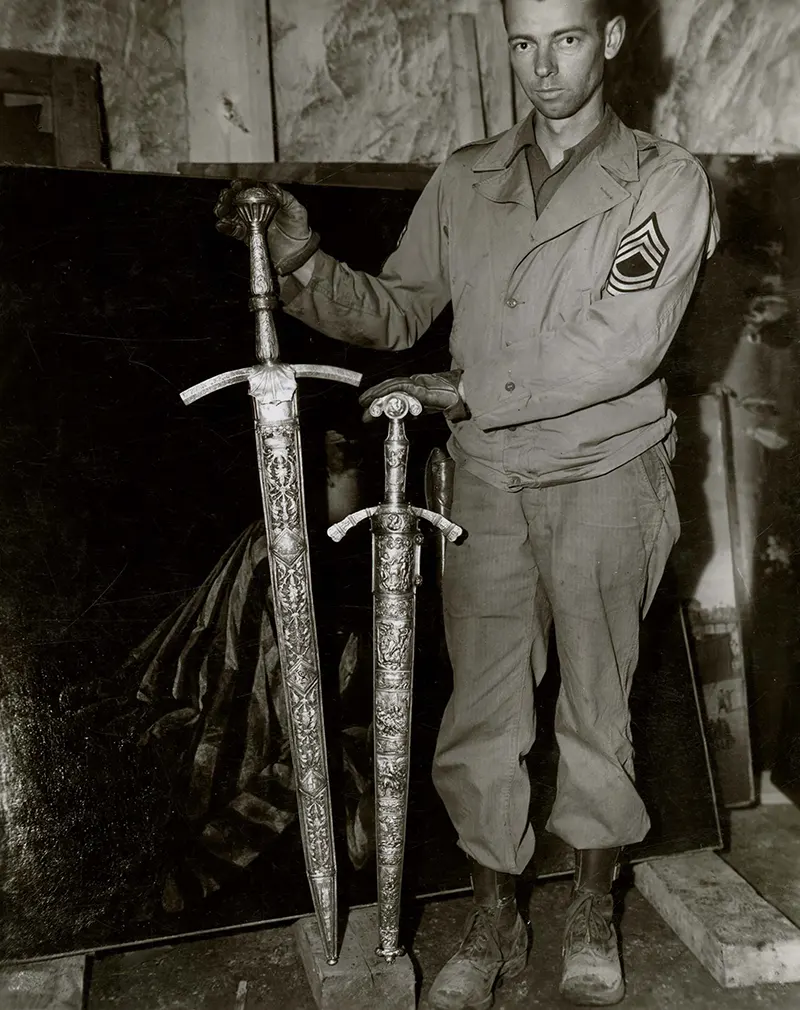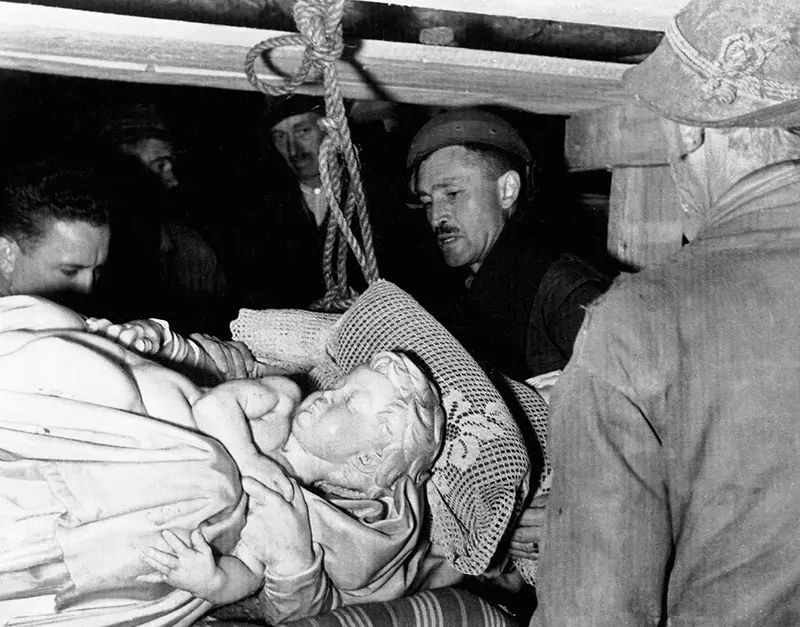The Monuments Men, a group composed of museum directors, curators, art historians, and conservators, played a pivotal role during World War II. Their mission was to protect and recover priceless artworks and cultural artifacts from the destruction of war and Nazi theft. Between 1943 and 1945, they tracked, located, and ultimately returned millions of stolen items, ensuring the preservation of invaluable cultural heritage.
Formation and Mission
The need for a specialized group emerged as the extent of Nazi plundering became apparent. The Monuments, Fine Arts, and Archives (MFAA) program was established under the Civil Affairs and Military Government Sections of the Allied armies. Its primary objective was to protect cultural property in war areas and recover items taken by the Nazis.
The group consisted of approximately 400 individuals from 13 nations, predominantly museum directors, curators, art historians, and conservators. They volunteered for service, bringing their expertise in art and culture to the battlefields of Europe.
Operations Across Europe
The Monuments Men were instrumental in minimizing damage to historical buildings and art during Allied operations. They advised military commanders on avoiding cultural sites during bombings and ground operations.
The core mission was to locate and recover artworks and other cultural items looted by the Nazis. They traced the movement of stolen items across Europe, often working in challenging and dangerous conditions.
The Monuments Men are credited with saving many significant works. These include masterpieces by Vermeer, Rembrandt, and Leonardo da Vinci, along with countless other invaluable artifacts.
Challenges and Sacrifices
The team operated under difficult and often perilous conditions. War-torn Europe presented logistical challenges, from navigating through battlefields to dealing with the aftermath of combat.
The Monuments Men often worked at the front lines, risking their lives. Two members were killed during their mission, a testament to the dangers they faced.


